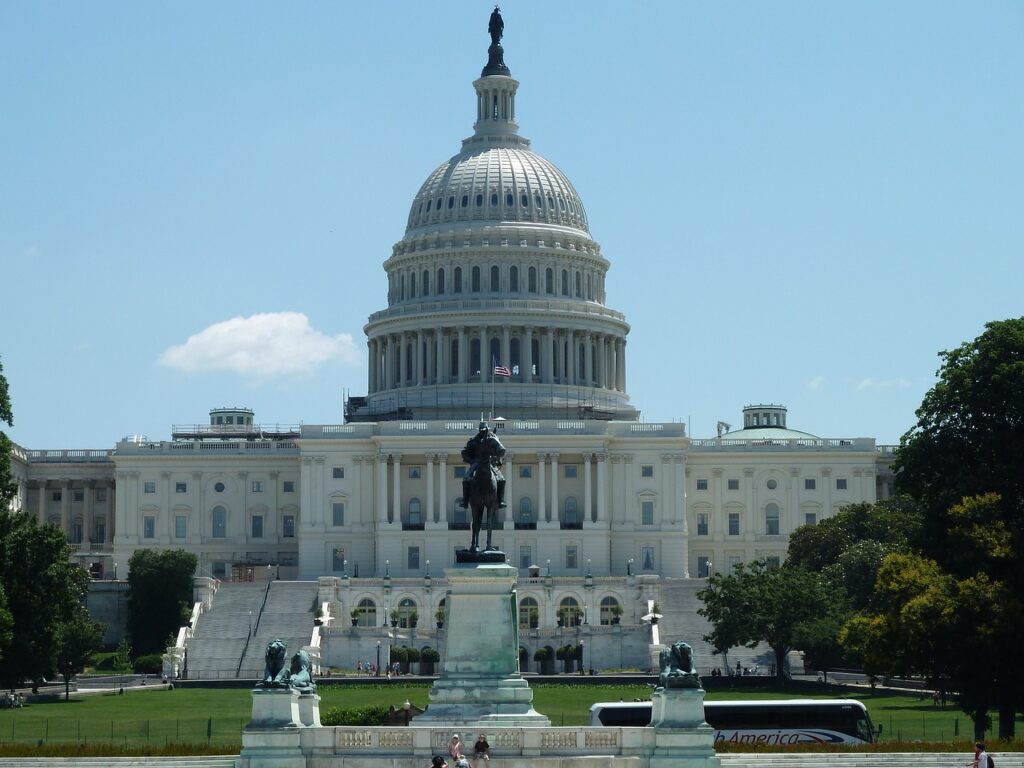President Donald Trump signs executive orders imposing 25% tariffs on imports from Canada, Mexico, and China to address security concerns, including migration and fentanyl trafficking. Oil tariffs on Canadian imports are set lower to prevent fuel price increases. Economists warn of inflation risks as trade costs rise, but Trump remains confident in the long-term benefits.
New Tariffs Aim to Control Trade and Security
President Donald Trump signed executive orders introducing 25% tariffs on imports from Mexico and Canada, and 10% on Chinese imports. His administration wants these countries to tighten controls on migration and fentanyl trafficking into the U.S. The new tariffs apply on top of existing duties, increasing trade pressure.
Oil Imports Face Lower Tariffs to Prevent Price Hikes
To avoid fuel price spikes, the White House set Canadian oil tariffs at 10% instead of 25%. Canada and Mexico remain key crude oil suppliers, providing one-quarter of the oil U.S. refineries use. In 2022, Canada accounted for 60% of U.S. crude imports, while Mexico contributed 10%, according to the U.S. Energy Information Administration. Refineries rely on crude oil to produce gasoline, diesel, and other fuels essential for daily life.
Economic Impact and Trump’s Response to Concerns
Economists argue that tariffs increase costs and contribute to inflation, making goods more expensive for consumers. Despite these warnings, Trump dismisses concerns. “Tariffs don’t cause inflation. They cause success,” he said. He acknowledged short-term disruptions but believes Americans will accept the changes. As tariffs take effect, industries dependent on imports may struggle with higher costs, potentially leading to price increases for everyday products.


